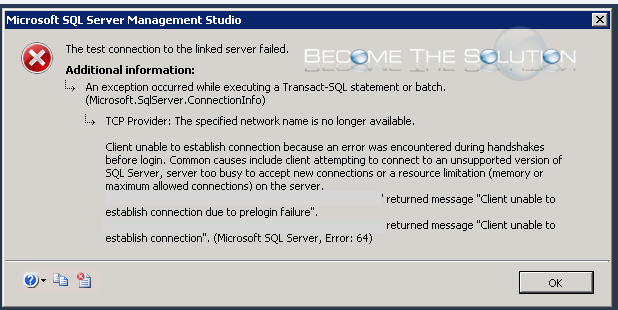


Delete the directory, C:\Program Files\Microsoft SQL Server.Uninstall an Existing Instance of SQL Server (Setup)

The following link is an example, of one of these articles. If this is not possible, there are a number of articles in the Microsoft Forums to guide you through this process. If you are unsure on how to do this, first see if you can recruit the services of someone who is familiar with managing SQL. Also back-up the Archive, as well as the Archive Settings.
First, if you have already added documents to your vault, make sure you back-up your SQL database, through SQL Management Studio. To remedy this issue, these orphaned components can be manually removed, as follows. After running a ODBC (Open Database Connectivity) to determine the cause of these connection issues, the Admin notices multiple instances of the same SQL instance. As an example, a SOLIDWORKS PDM Administrator may encounter connection issues, when attempting to access the SQL Server. This could prevent the proper re-installation of Microsoft SQL Server, or interfere with its normal operation. If I see it again, I will update this post.In some cases, when you uninstall Microsoft SQL Server, some components may be left behind. Why doesn’t Microsoft take care of this by default with a config script? We might never live long enough to know… It seems the session-layer of the connection was not persistent enough for remote connections. Create a DWORD “Sesstimeout” key with a decimal value of 360. HKEY_LOCAL_MACHINE\SYSTEM\CurrentControlSet\Services\LanmanWorkstation\Parameters. I remoted into this particular server and started double-checking all settings that would seem to have any relevance to that issue.Īfter A LOT of Googling and matching snippets of information together, I finally found resolution with the following regedit modification for the local registry. I had never seen that one before, but I knew it was network or network protocol related. Run it again to double check the persistence of the network connection – ERROR 64. Opened up a known scalar function to modify – check. So then I went to test the setup from my laptop, fired up SQL Server Management Studio, and connected to the SQL Server. Set up a login account for Administrator with full rights to the SQL server processes. Enabled remote connections to the Server process. Enabled TCP/IP listening for those same ports in SQLServerManager10.msc (running on Windows 10 Professional operating system). Opened a hole in the firewall for SQLBrowser.exe. Opened ports 14 on this server for “listening” for SQL requests. Then I did the following, per my usual config routine: I was setting up SQL Server Express 2008R2 on a smaller server at home, the likes of which I have done many times before with no issues. I ran across a crazy issue this am that I’ve never seen before.







 0 kommentar(er)
0 kommentar(er)
